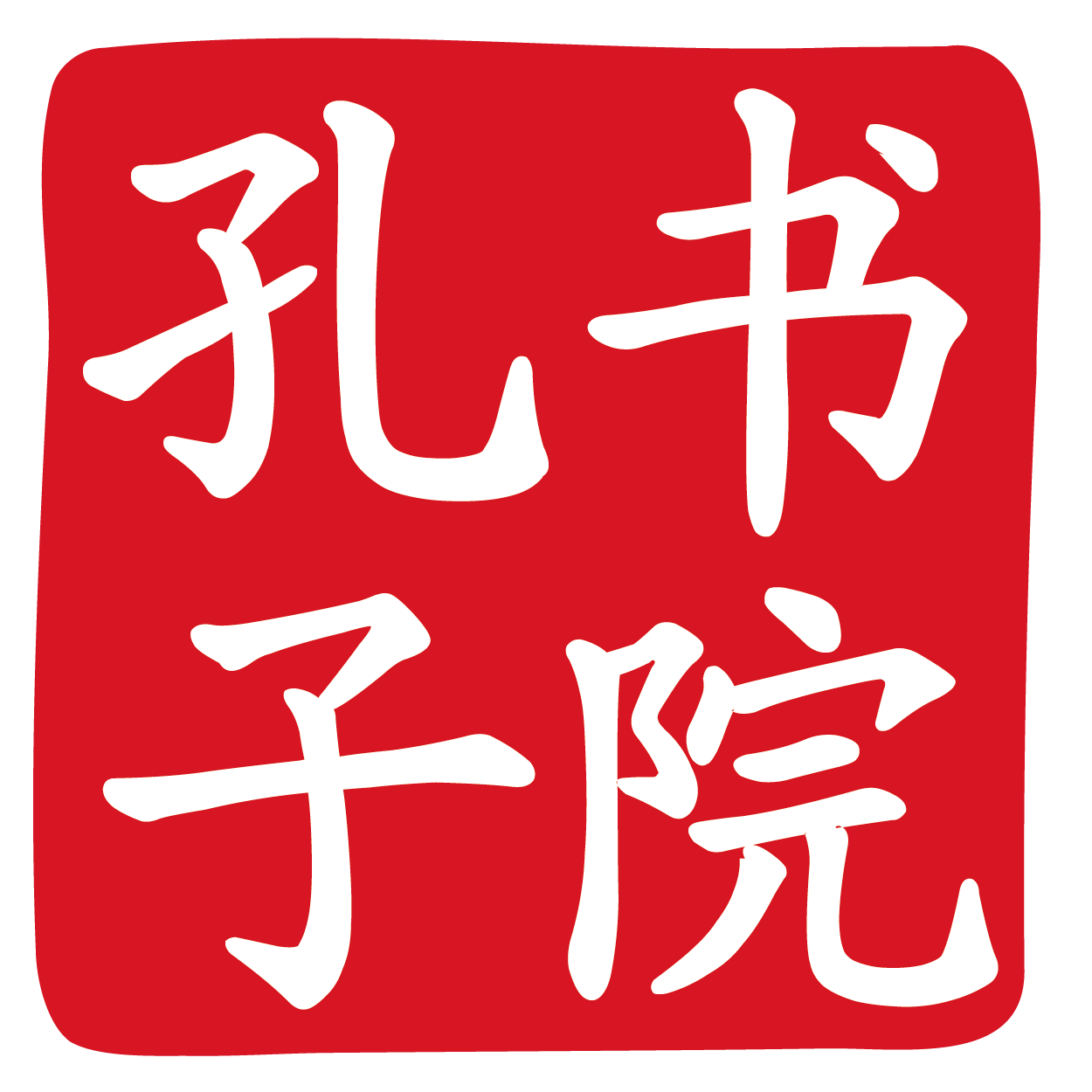
Preschool
Lay a strong foundation and ignite your child’s interest for the subject
Our Curriculum Highlights
PICTURE-BASED CHARACTER LEARNING
Many young children find it challenging to recognise and remember Chinese characters.
We use a fun and visual way of representing each Chinese character as a clever illustration that can make a memorable impression on the learner. This greatly improves the students’ word recognition ability.
THEMATIC & ACTIVITY-BASED LESSONS
Language is a living subject that is best taught through hands-on, experiential pedagogy.
The learning materials we use allow for lively and interactive lessons. The worksheets encompass Poetry (诗词), Character Strokes (笔画), Hanyu Pinyin (汉语拼音) Rhymes (儿歌), Riddles (谜语) and Tongue Twisters (绕口令).
Our Courses
CHINESE LANGUAGE (N1, N2, K1, K2)
语文加强班
1.5 hours per week
-
Reading and Writing
Use of “Picture-Based Character Learning” system to maximise students’ interest and ability for word recognition and memory
Learn Hanyu Pinyin, writing strokes(笔画)and writing sequence(笔顺)of basic characters to lay a strong foundation for Chinese language reading and writing
Systematic method to introduce 400 – 500 new Chinese vocabulary per year, benchmarked against the requirements of Primary One syllabus
Strengthen reading ability through comprehension exercises
Learn to construct Chinese sentences with proper syntax and appropriate vocabulary
Listening and Speaking
Fun and engaging activities such as Thematic Songs, Nursery Rhymes and Tongue Twisters to encourage participation and reinforce learning
Conversation practices for developing communication skills and confidence in using Mandarin
Literary and Cultural Appreciation
Exposure to Tang poetry (唐诗), fables (寓言故事) and idioms (成语) to enhance language ability and appreciation of the Chinese culture
P1 PREPARATORY CLASS FOR CHINESE (K2)
小一预备班
1.5 hours per week
-
Establish good grounding in language and literacy skills for a smooth transition to Primary 1
Strengthen ability to recognise, read and write Chinese characters, as well as Hanyu Pinyin, as required in the P1 Chinese syllabus
Get a head start with exposure to P1 Chinese curriculum and orientation to aspects of formal education such as spelling (听写) and “Show and Tell” activities





